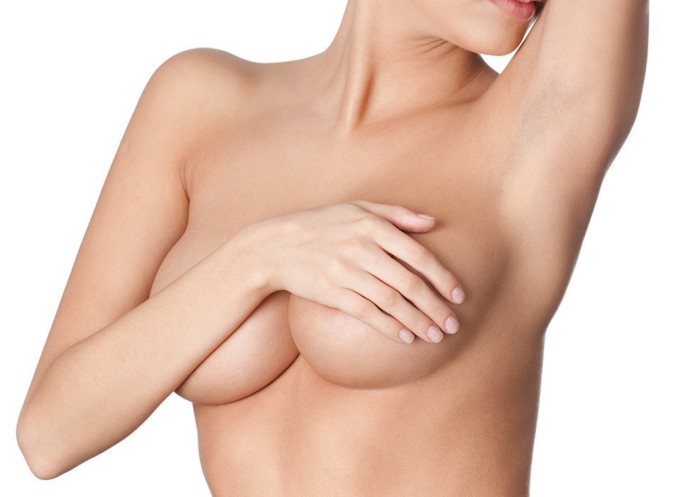Even with a wealth of information available online and from plastic surgeons themselves, breast augmentation continues to be a very misunderstood surgical procedure. Despite its popularity among women who seek to enhance their cup size, it continues to be surrounded by misconceptions.
According to Houston plastic surgeon, Dr. Cara Downey, “Breast augmentation has empowered many women by allowing them to enjoy a cup size that is in proportion to their bodies. While it is easy to understand why some women have reservations, there is no denying the satisfaction it has provided to women who have opted to undergo the procedure.”
7 Common Myths about Breast Augmentation
So, what are the usual myths linked with this sought-after cosmetic procedure? Here’s a quick rundown of the most common myths about breast augmentation:
Myth #1: Breast implants should be replaced. Every ten years, to be exact.
Because manufacturers provide breast implants with a ten-year warranty, many believe they should be replaced once they reach its tenth-year. However, plastic surgeons think otherwise.
Breast implants do not have an expiry date. Most also come with a lifetime product replacement policy. If your breast implants do not have any problems and you are still satisfied with how your breasts look, then there is no need to have them replaced after ten years.
You may opt, however, to have them removed or replaced if you/your:
- Have capsular contracture
- Implant ruptures (silicone implants) or deflates (saline implants)
- Have breasts asymmetry
- Have breast ptosis or sagging
- Simply don’t want to have implants anymore
Myth #2: Breastfeeding would be impossible after augmentation.
Contrary to myths, breastfeeding is highly possible after augmentation surgery. Its success, however, mostly depends on several factors including the type of implant and its placements as well as the kind of incisions utilized during the surgery.
“Breastfeeding is a major concern for many mothers who undergo any breast surgery,” Dr. Downey shares. “As a plastic surgeon and a mother myself, I ensure that it is still possible. During surgery, I take great care to leave the mammary system intact to still permit breastfeeding.”
The skills of your plastic surgeon in preserving the sensations in the nipple are also essential. If he/she can keep this intact, you have a higher chance of having a full milk supply available for your child.
Myth #3: Breast implants can cause breast cancer.
According to experts, there is no evidence connecting breast implants to the development of breast cancer. But having breast implants is usually associated with a different type of cancer, known as anaplastic large cell lymphoma (ALCL).
“ALCL is a rare type of cancer of the immune system and can develop in any part of the body”, says Dr. Downey. “Studies hint that this cancer typically develops within the scar tissues around textured breast implants and not the breast itself.”
However, while the link between breast implants and breast cancer remains undiscovered, you should continue to routinely undergo breast screening, especially mammograms, to ensure that you remain free from breast cancer.
Myth #4: Breast implants rupture at high altitudes and deep depths.
Will your implants explode if you fly at high altitudes or swim in deep depths? Experts say with the conviction that it will not! Popular TV show, The Mythbusters, once tested this assumption. The team stimulated the conditions of both of a high altitude flight and a deep-sea dive through hyperbaric and hypobaric chambers. And even in these conditions, the breast implants remained unchanged and intact.
Plastic surgeons, however, advise waiting for about six weeks before engaging in any activities that can cause an actual rupture or trauma to your breasts and implants.
Myth #5: Breast implants obstruct breast cancer detection.
Based on studies, breast implants may make breast cancer detection difficult, obscuring the view during mammograms. However, research into this issue is still in the preliminary stages, and breast cancer may be caused by other factors.
“If there are real concerns, the placement of the implant beneath the muscle improves the view for the radiologist”, Dr. Downey shares. “But more often than not, there really is no need to worry. Radiologists have learned to deal with implants through the Elkund Technique.”
The Eklund technique presses implants away from the breast tissues during mammograms or ultrasound.
Myth #6: You should not undergo breast augmentation if you’re over 50 years old.
“Technically, there is no age limit in regards to breast augmentation”, says Dr. Downey. “In fact, this is probably the best age to get the procedure since women are no longer bound by the physical obligations that come along with motherhood.”
According to most plastic surgeons, the only primary concern at this age would be your overall health and your expectations from the procedure.
Myth #7: Same plastic surgeon, same results.
No two women have the same body, let alone the same set of breasts. So, going to your friend’s plastic surgeon does not guarantee that you will get the same results.
“The outcome of your breast augmentation depends on your breast anatomy and what you want to achieve from the procedure”, says Dr. Downey.
In addition, Dr. Downey recommends it is best to “Discuss your desired result with your plastic surgeon prior to surgery. If you can provide a photo of the results you are looking for, it will enable your surgeon to create a surgical plan. But, it is important that you maintain an open mind to ensure the final results are realistic and safe.”
Final words
While most of the misconceptions usually linked to breast augmentation are debunked with sensible explanations and justifications, it does not mean that you should skip on preventive measures that ensure you and your breast implants remain in good health.
Likewise, consult with a board-certified plastic surgeon to ensure that you receive expert advice and guidance in choosing the type and placements of breast implants as well as incision types appropriate for your body and desires.












